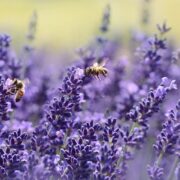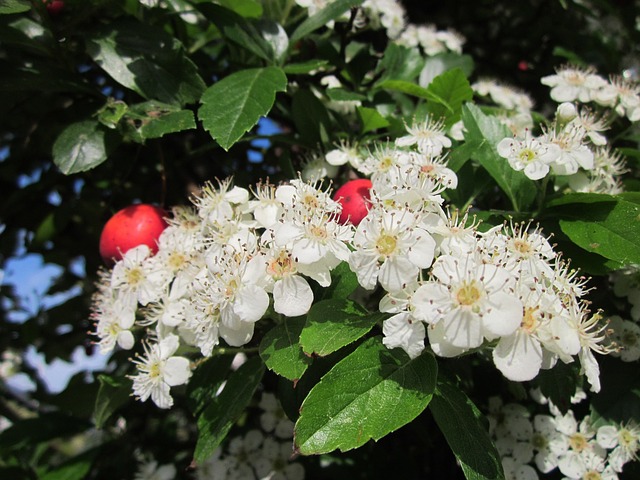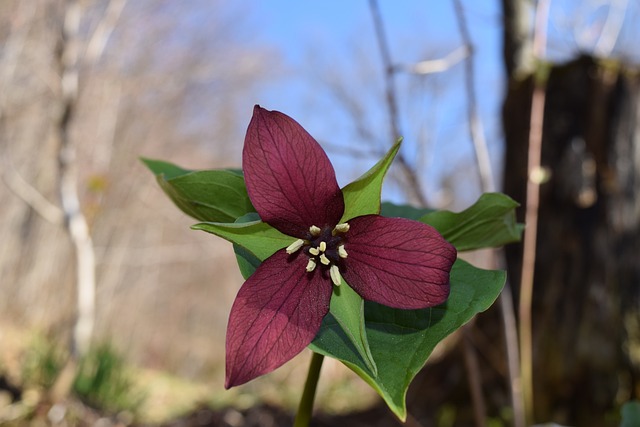PHENOLOGY AND CLIMATE CHANGES
When will spring return? Earlier !
Are you familiar with the concept of phenology? It is the temporality associated with key stages of species’ life cycle. It is an internal calendar of development for each species, example ; appearance of cotyledons, buds, flowers, fruits… of a plant.
Each year, the cycle starts again at approximately the same dates for a specific species. For example, the red trillium blooms between April and May, while the American mint does so between July and August[1][2].
Climate change is now influencing the seasonal cycle. Many plants are coming out of the ground earlier, stimulated by the early warming. This can sometimes lengthen the growing season, or otherwise shift the entire phenological cycle. Other species of flora and fauna closely related to the trillium, to continue the example, are not affected by climate variations in the same way as the trillium. This sometimes results in a phenological shift between certain species that are dependent on each other.[3]
For example, syrphidea, flies that like the cadaverous odor of trillium may see their food source decrease. Indeed, if their growth is impacted in a different way by the early spring warming, they will come out to forage while the trilliums have been out for some time already. When the flowers fade, the flies will not be able to satisfy their spring appetite.
Pollinating flies? To learn more about these little-known pollinators, come read our other spring article Flies for our plate!
[1] Fleurs sauvages du Québec, 2023. Trille rouge. Accessed 14 mars 2023 à l’adresse : https://www.fleursduquebec.com/encyclopedie/1865-trille-rouge.html
[2] Fleurs sauvages du Québec, 2023. Menthe du Canada. Accessed 14 mars 2023 à l’adresse : https://www.fleursduquebec.com/recherche.html?motCle=menthe+du+canada&Couleur=&Saison=&Habitat=&Region=&Parc=&Categorie=&rech=1
[3] Alana Pindar et al., 2017. Status and Trends of pollinator Health in Ontario. Consulté le 5 avril 2023 à l’adresse : https://rainelab.files.wordpress.com/2015/12/status-and-trends-of-pollinator-health-in-ontario-march-8-2017-tagged.pdf





